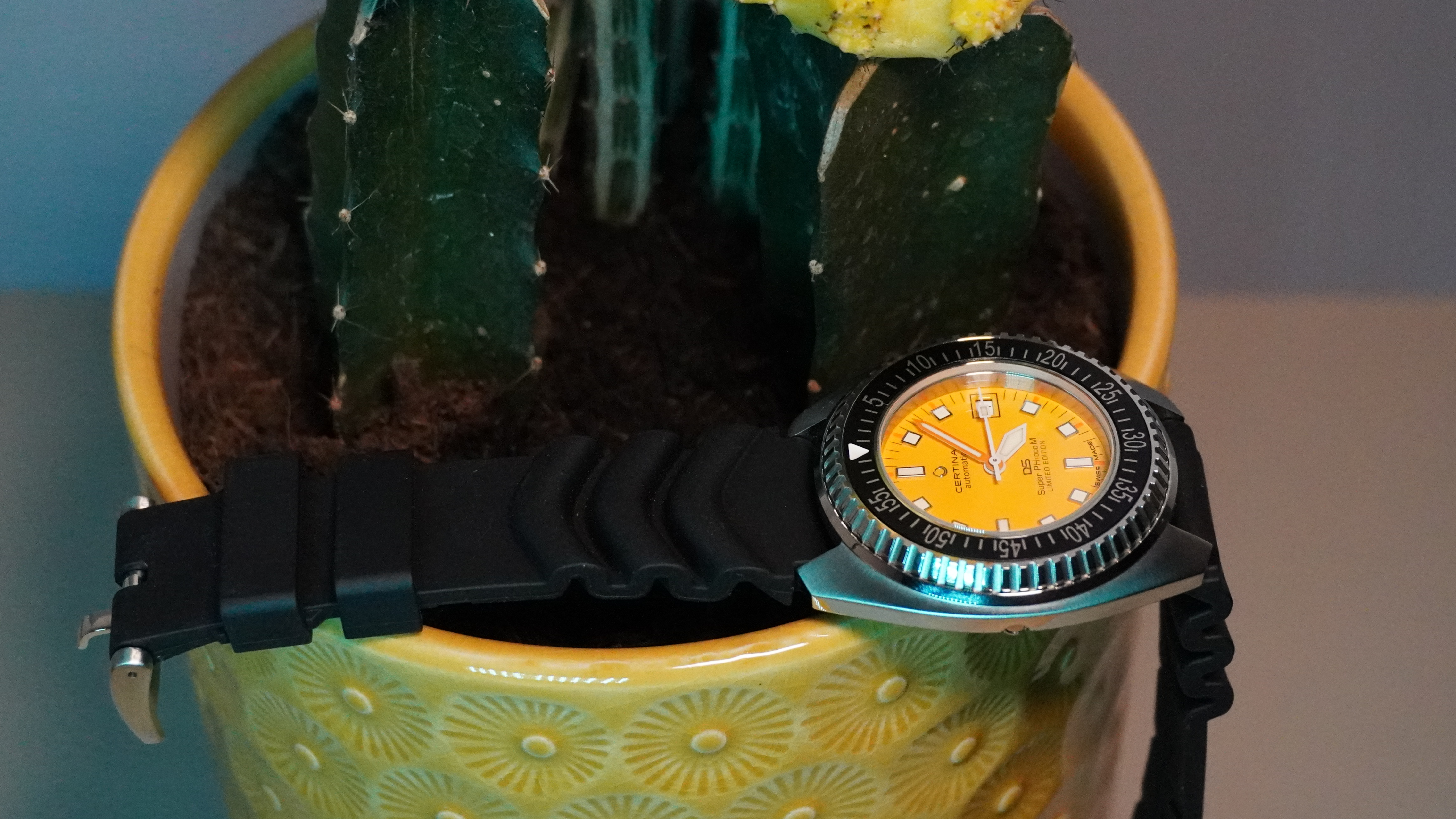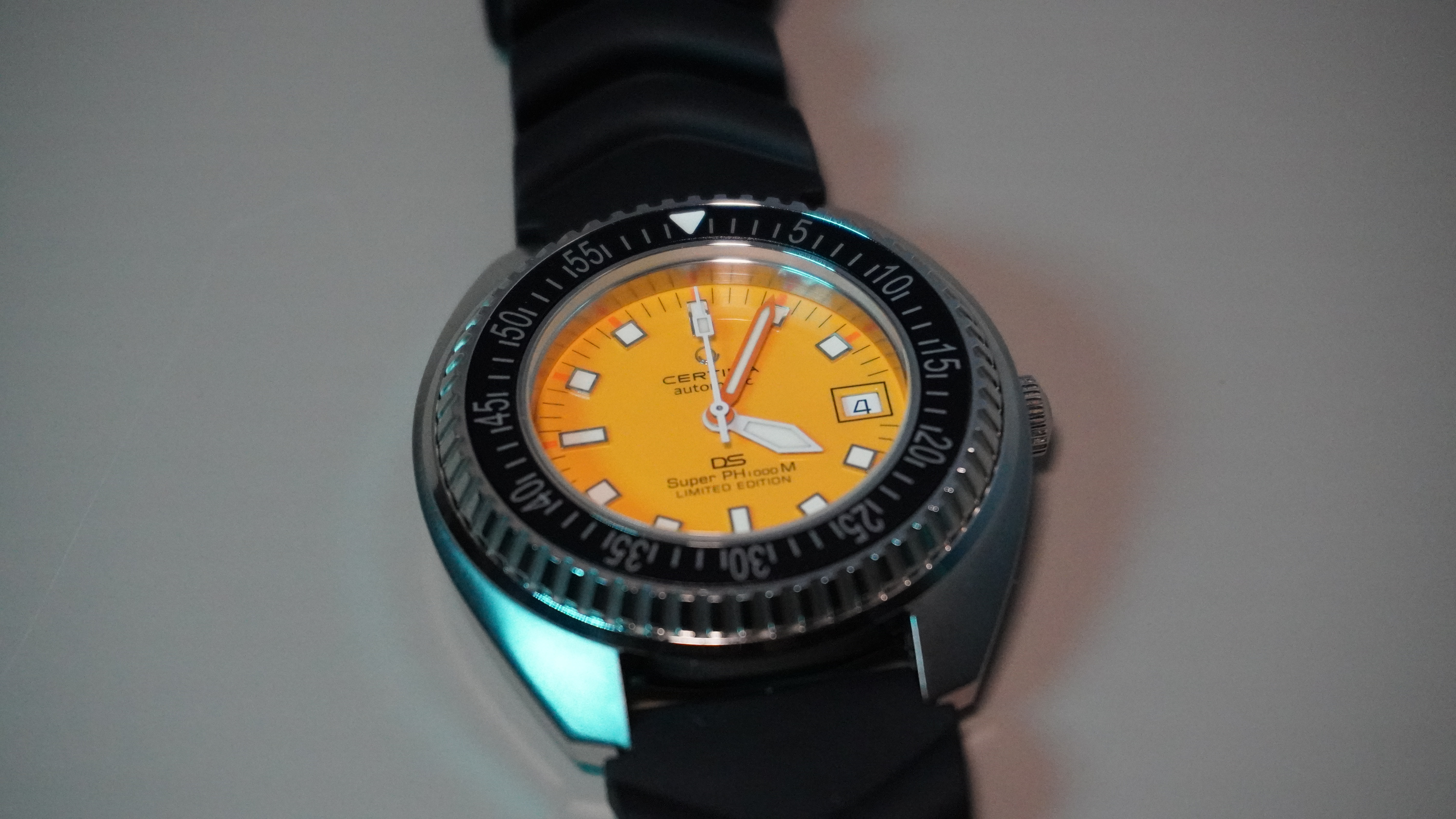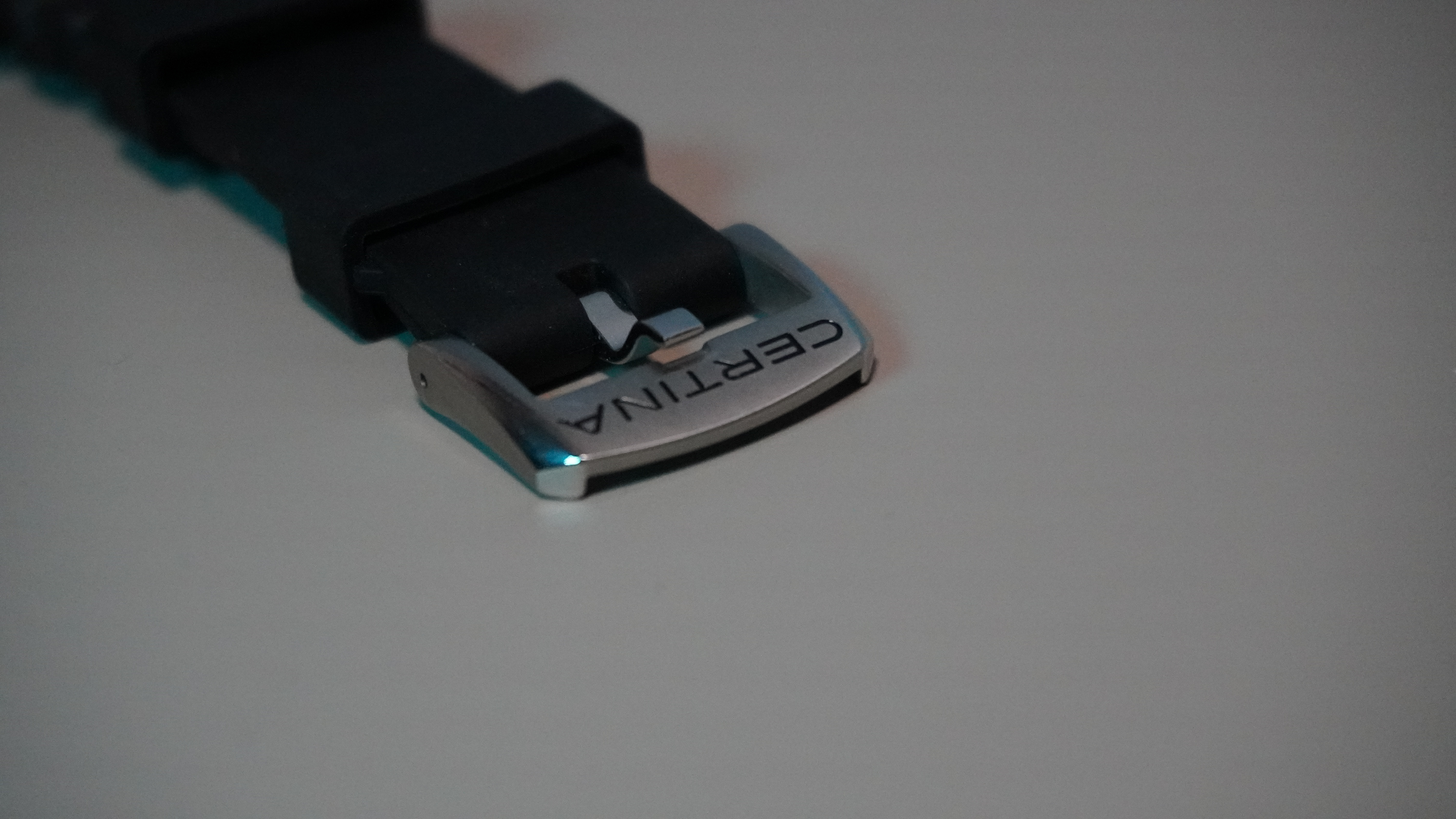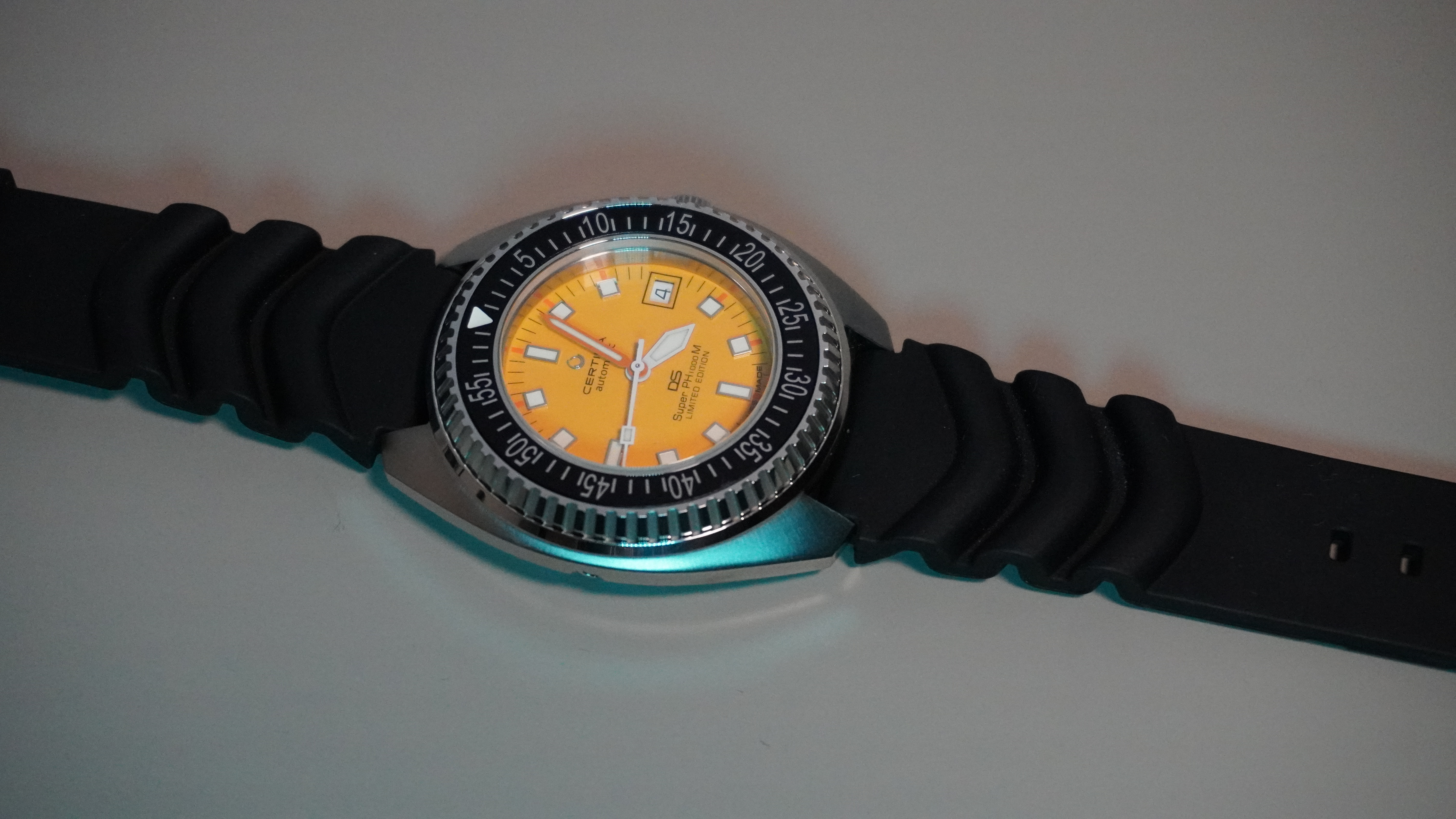
When you think of the best dive watches on the planet, there are probably a few models which come to mind. Popular brands like Rolex and Omega have become synonymous with the market segment in recent years.
They certainly aren't the only brands with diving heritage, though. Others – like Certina – have dive watch DNA which goes all the way back to the 1970s.
That's where this model – the Certina PH1000M – takes its inspiration from. Those early dive watches were all about function over form – so can this one still live up in 2024?

Well, let's kick off with some specs. The PH1000M just barely hides its most impressive feature right there in its name. Yes, that's right, you'll find a staggering 1000m of water resistance on this model. That's more than you'll ever need and then some.
Of course, specs like that don't come without sacrificing some subtlety. A 43.5mm case diameter certainly sits on the larger side, while a 14.15mm thickness is also rather chunky. Okay, it's not really meant to be an under-the-radar piece, but it's worth noting.
All of that sits in a 316L stainless steel case. On top, you'll find a bezel made from the same material, with an aluminium insert.
My review unit features a rather natty orange dial. That's a dive watch staple, though it is a limited run of 1,000, and at the time of writing, it appears to have already sold out. Fear not, though – there's a black dial version which will be available as part of the core range.
Inside, you'll find a Powermatic 80 movement. That's become a staple for Swatch Group watches, having made its name in pieces like the Tissot PRX 80. It's a fairly reliable movement, too, with an 80 hour power reserve.

What is the Certina PH1000M like to wear?
While the specs definitely don't suggest a comfortable wear for my smaller wrists, I was pleasantly surprised by the Certina PH1000M. Sure, it's not the smallest frame you'll ever find, but it's certainly more comfortable than the spec sheet might suggest.
That being said, it does succumb to some weight distribution issues. The combination of a chunky case and a rubber strap makes it quite unbalanced on the wrist. Still, that's not the end of the world.
It's a really pretty thing, too. The case thickness combined with a flat crystal makes that dial appear really deep. It's a slightly unusual experience, but the result is really cool to look at.
That flat crystal is worth mentioning, too. It sits recessed beneath the bezel slightly, which is a really interesting design. Strangely, it does make the watch feel slightly slimmer than the specs might suggest – a welcome change.
One thing which did disappoint was the bezel. Given the diving pedigree behind this model, I really hoped for some top performance here. That simply wasn't the case – while it had a nice click, getting any purchase on it was just too troublesome to make it really useful.

Is the Certina PH1000M worth the money?
While this limited edition variant costs £945, it seems you can't get hold of that one anymore. That's bad news, because the orange dial is very pretty. But there is a silver lining, because the black dial variant is slightly cheaper at £885.
Is it worth that? Well, objectively yes. In the scope of the current watch market, getting a watch like this for anything under £1,000 is a bargain.
Should you get one, though? Well, that's an interesting question. This is total overkill for every single user reading this. No one needs 1,000m of water resistance.
But need rarely comes into the equation when purchasing a watch. More often than not, these transactions come down to desires rather than requirements. If you love dive watches, love Certina, or just love cool watches that are a little off the beaten track, buying the Certina PH1000M should be on your radar.







